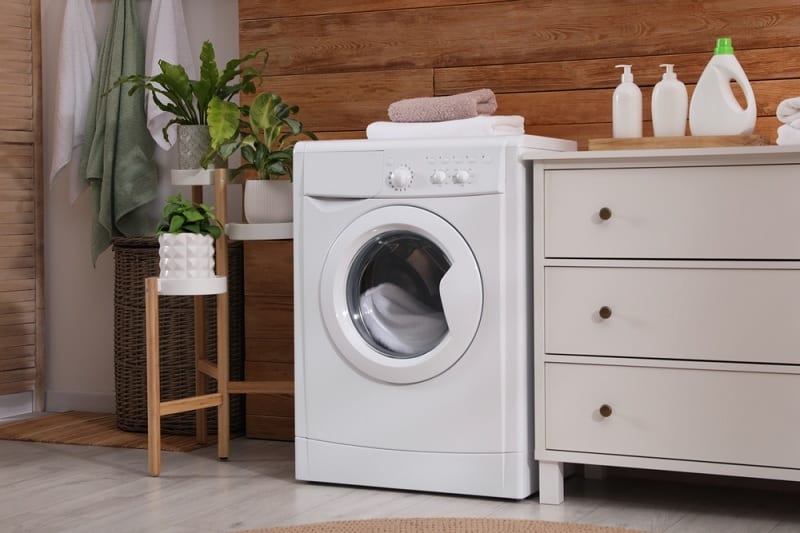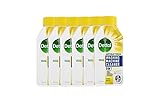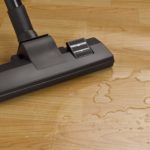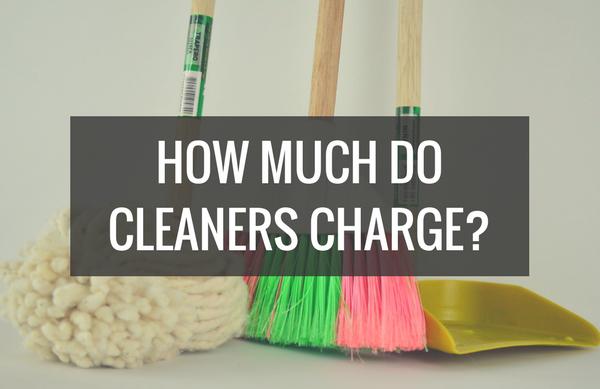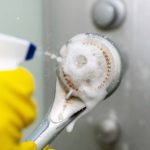To achieve best results for your laundry, the inside of your washing machine needs to be kept clean.
If the inside of the washing machine doesn’t get some TLC, it can result in smelly laundry, black spots on clothing, and a build-up of bacteria too.
With a little care, you can resolve these issues, and reduce the chances of them coming back.
Fortunately, there are a wealth of washing machine cleaners that are readily available today to make light work of this chore.
The Best Washing Machine Cleaners in the UK
1. Ecozone Washing Machine & Dishwasher Cleaner
Ecozone’s washing machine and dishwasher cleaner is formulated to keep appliances clean and fresh by getting rid of limescale and residue build-ups.
Unlike many other cleaning chemicals, Ecozone washing machine cleaner is made using only natural, gentle ingredients and is not tested on animals either.
This washing machine cleaner offers great value for money, and is approved by Allergy UK, the Vegan Society, and is Cruelty Free International approved.
When used in washing machines on a 60°C maintenance cycle, this Ecozone cleaner provides great results against even limescale and dirt that has built up for years.
The formula is non-toxic, and safe for use with septic systems too. When used every few months, this Ecozone washing machine cleaner will keep the inside of the average washing machine shiny and clean; almost like new.
However, the natural formula of this washing machine cleaner means that it isn’t as strongly scented as others are on this list, which is a concern for some users.
2. Dettol Washing Machine Cleaner Lemon
Dettol’s lemon washing machine cleaner offers 5 in 1 cleaning. This one chemical will kill bacteria, break down limescale, prevent odours, tackle dirt, and leave behind a lasting fresh lemon scent.
This washing machine cleaner is formulated to kill 99.9% of bacteria, as well as getting rid of limescale and dirt.
The formula is designed to be poured into the detergent drawer. However, you can also use it to clean the inside of the seal or door. Just dip a sponge in the cleaner, and wipe away.
This Dettol washing machine cleaner is easy to use and leaves behind a fresh scent. However, users find the scent doesn’t last as long as some alternatives and isn’t as good value for money either.
Some users also find that the initial smell of the Dettol washing machine cleaner is quite strong and may cause an issue for some users.
3. Calgon 3-in-1 Washing Machine Cleaner and Water Softener
Calgon’s washing machine cleaner not only deals with existing problems but softens water too to reduce future issues. Unlike the others on this list, these Calgon 3-in-1 tablets are designed to be added to every laundry load.
When used regularly, the Calgon tablets will help protect your washing machine against limescale, dirt, and nasty odours that build up over time. This can be especially handy if you live in a very hard water area.
Whilst these Calgon tablets do achieve good results, the fact they need to be included in every wash might make them more expensive for some households. Some users also find that the tablets can leave a strong smell behind on their laundry.
4. Dr Beckmann Service-It Deep Clean Washing Machine Cleaner
Dr Beckmann is a household name when it comes to deep cleaning appliances, and the washing machine cleaner is no exception. This washing machine cleaner is formulated to cut through 99.9% of bacteria and micro-organisms, whilst leaving behind a fresh scent.
For an even deeper clean, the Dr Beckmann washing machine cleaner contains activated carbon to leave even the deepest depths of the washing machine clean.
Many users find that the Dr Beckmann washing machine cleaner will cut through even built-up grime, even in old washing machines that have gone years without a clean.
However, this is not the cheapest option on this list, and some users find that it doesn’t perform as well as some of the others either.
5. Calgon Hygiene Plus Anti-Limescale Gel
Calgon’s Hygiene Plus gel tackles both limescale and bacteria to keep washing machines hygienic and fresh. Like the Calgon tablets, this gel is designed to be added to every wash in addition to your regular detergent.
For a one-off in depth clean, you can also add the gel to an empty maintenance wash to tackle bacteria all throughout the machine.
The Hygiene Plus gel can help to tackle limescale, odours, and bacteria to look after your washing machine and laundry in the long term. The gel is easy to use and doesn’t leave a particularly strong scent behind. The gel also offers good value for money.
How to Clean a Washing Machine
Washing machines can end up full of nasty smells, dirt, and bacteria over time.
All the mud, food, and pet hair that your clothes pick up will end up in the washing machine, and this can have an impact on how it performs. Fortunately, this can be rectified with a deep clean.
1. Clean the detergent drawer
The first step when it comes to cleaning a washing machine should always be to tackle the detergent drawer.
The drawer is usually home to a build-up of excess detergent and fabric softener, and this residue attracts mould and bacteria.
Take the draw out (if possible), spray with an antibacterial cleaning spray and scrub it well. Rinse with plenty of water and dry before putting it back in the machine.
If your washing machine drawer seems to be prone to a build-up of old detergent, try to rinse it out regularly to prevent it causing a problem.
2. Clean the filter and seal
After tackling the drawer, you need to clean the seal around the door and all the filters.
The door’s seal and the filters will collect any lint, dirt, coins, hair clips, and anything else that was caught in your clothing when you put it in the washing machine.
If left alone, this will create an ideal environment for bacteria, and foreign objects such as hair clips or coins can clog the filter and stop the washing machine from draining too.
Take the filters out, and remove any odd objects that have gotten caught. Rinse the filters well, and put back in the washing machine. Wipe the seal well, checking inside the folds to make sure there are no foreign objects or other nasties caught inside.
Like with the detergent drawer, you should clean the filters and door seal regularly.

3. Use a washing machine cleaner
Once you’ve cleaned the detergent drawer, filters, and door seal, you can run a maintenance wash to clean the inside of the washing machine.
A washing machine is full of nooks and crannies where dirt and bacteria can hide, and the only way to get to it is to use a washing machine cleaner in an empty wash.
The washing machine cleaner will tackle bacteria, mould, dirt, and limescale on the inside of the machine.
To get the best results, you should run an empty maintenance wash once a month, and use a washing machine cleaner at least every 2 months.
If you live in a hard water area or wash a lot of very messy clothing, you might need to do this more frequently.
4. Check the wastewater pipe
If you have cleaned the washing machine well and it still smells bad, the washing machine’s wastewater pipe might be blocked. If it looks like this is the case, use a drain unblocker to tackle the issue.
Keeping the Washing Machine Fresh in Between Cleans
Without care, a well-used washing machine can quickly end up smelling and being dirty again in between washes. By following these tips, you can keep your washing machine as clean and fresh as possible in between maintenance washes.
1. Leave the door open
At the end of a cycle, once you have taken the laundry out, leave the main door and detergent drawer propped open.
This will allow air to circulate, which will encourage the surfaces of the washing machine to dry. This stops the water going stagnant, and gets rid of the damp, cool environment that helps bacteria thrive.
2. Empty the washing machine quickly
For the same reason as above, you should always take damp laundry out of the washing machine as quickly as possible after the end of the cycle.
If you let it sit in the drum, not only will the laundry start to smell, but the inside of the washing machine will too.
3. Use less detergent
Once of the biggest problems on the inside of a washing machine is caused by detergent residue. By using the recommended amount of detergent for your machine and water hardness, you will reduce the amount of residue left behind.
If you use too much detergent or fabric softener, it may not dissolve properly in the water during the cycle. If this happens, the detergent will build up inside the washing machine, causing blockages, foul smells, and giving mould the chance to grow.
4. Wash on hot every now and again
Modern households will usually wash their laundry on cool or cold cycles. This is good for the environment; however, it does not kill the bacteria inside a washing machine.
Every now and again, try to run a cycle on a higher temperature. This will tackle the bacteria build up in the washing machine before it starts to cause a problem.
Conclusion
If we were to recommend just one washing machine cleaner from this list, it would be Ecozone Washing Machine & Dishwasher Cleaner. This washing machine cleaner is more gentle than other alternatives, provides great value for money, and is made at home in the UK too. It’s even vegan and cruelty free certified!
If you want something to include in every wash that will help look after your washing machine, we would recommend Calgon 3-in-1 Washing Machine Cleaner and Water Softener.

Lover of coffee, painting, and all things cute and fluffy. I’m always on the lookout for easier, more gentle ways to tackle awful household chores.
